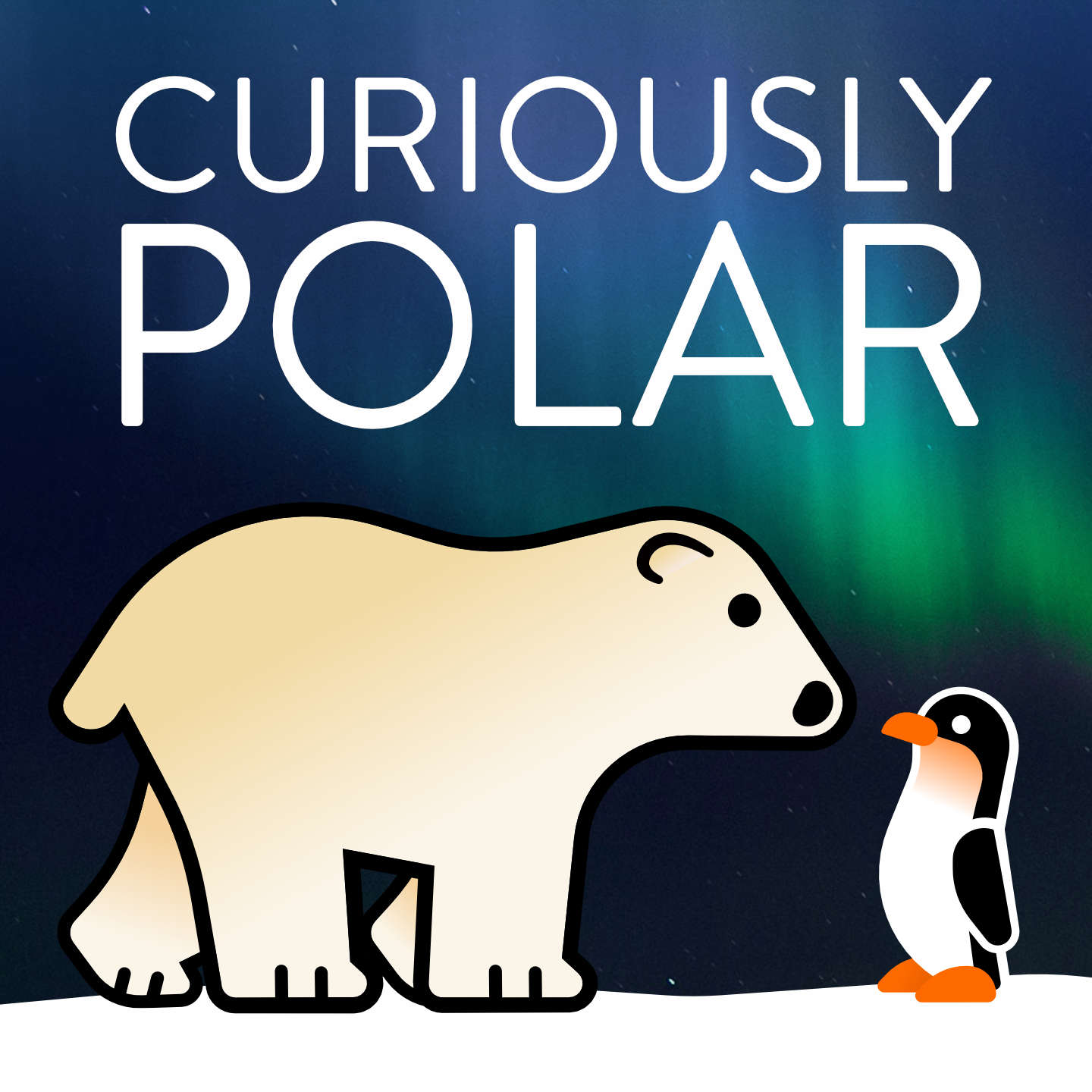124 The Polar Vortex Anomaly
Notes
Watch this on video | Buy us a coffee: Chris / Henry
Polar Newsreel: Our North American correspondent, Robert, forwarded us the film Drifting North: Into the Polar Night by Amy Richman, a collaboration between the University of Colorado Boulder’s Fiske Planetarium and the Cooperative Institute for Research in Environmental Sciences, from the first leg of the historic MOSAiC expedition led by the Alfred Wegener Institute from late 2019. We recommend to give it a try. / Iceberg A-68 is fragmenting further with the crumples being picked up by the southern front of the Antarctic Circumpolar Current. A team of the British Antarctic Survey is on its way to take the chance to research the impact of the massive piece of ice on the fragile marine ecosystem around the island of South Georgia. / Chris introduced Project Cybersyn, a distributed decision support system to aid in the management of the national economy from 1971 to 1973 often referred to as Chile's socialist internet. After the CIA-backed military coup in Chile on September 11, 1973, Cybersyn was abandoned and the operations room was destroyed.
The Polar Vortex Anomaly: For a few years now, the buzzword of the Polar Vortex has been making the rounds particular in combination with recent weather patterns of snow in Spain and, at the same time, a freezing cold snap in North America. New data reveal, the freak weather of the last few weeks is due to an extraordinary disturbance of the polar vortex. During this "Berlin Phenomenon” (Sudden Stratospheric Warming) the polar stratosphere suddenly warms up by dozens of degrees. This breaks down the polar jet stream that forms a wind barrier that normally keeps arctic air away from mid-latidues. To explain this extraordinary event we dive into the atmosphere layers with their distinct features, get a closer look on the particulars of the Troposphere, analyse the atmospheric flow and the special atmospheric features of the polar regions before looking at the formation of the polar front as barrier between the cold, dense, so-called arctic air and the tropical, much warmer air and finally unveiling the current anomaly of the polar vortex. Thanks to ESA's Aeolus satellite, we can for the first time directly follow such an event. This satellite is the first to be able to measure polar winds directly from orbit. The current analyses show that the polar vortex has weakened unusually strong since mid-December 2020. An event can be observed in which the polar vortex is split into two parts - one air mass circles over the North Atlantic and one over the North Pacific with the wind direction reversing in large areas of the polar vortex. The interesting thing about it: A few years ago, scientists discovered that weakening of the polar vortex and the rarer Sudden Stratospheric Warming are becoming more frequent. A likely cause of this is the retreat of the Arctic sea ice and the increasing warming of the North Atlantic. Because according to models, the associated influx of heat into the atmosphere promotes the sudden warming of the stratosphere. But we need to understand better whether and to what extent climate change intensifies this polar weather phenomenon. It is still too early to draw concrete conclusions from the Aeolus data.
This is an episode of the Curiously Polar podcast
with Chris Marquardt https://chrismarquardt.com/ Henry Páll Wulff: https://henrypall.com/
Listen to all podcast episodes at https://curiouslypolar.com
All video episodes at https://tfttf.com/curiouslypolarvideo
Find us here: Web: https://curiouslypolar.com Twitter: https://twitter.com/curiouslypolar Instagram: https://instagram.com/curiouslypolar




